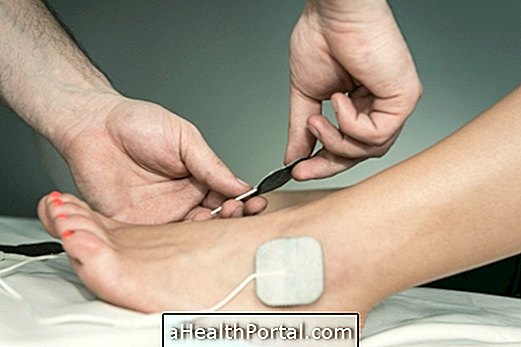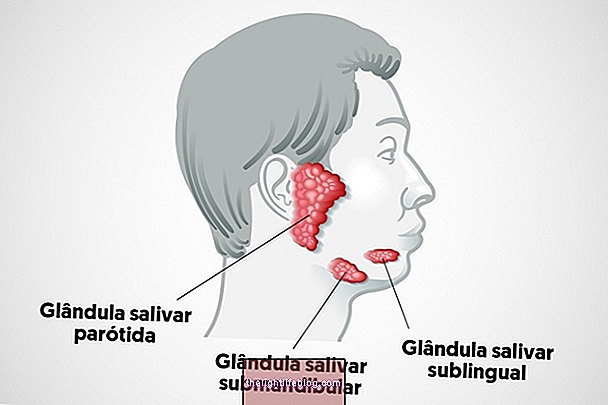Exercises to correct kyphosis should strengthen the back and pectoral region, correcting the kyphotic posture, which consists of being in the "hunchback" position, with the neck, shoulders and head bent forward.
The exercises should always be guided by a physical educator or physiotherapist so that they are done correctly for the best results because they can cause back pain when performed improperly. So if you have kyphosis and want to do exercises to correct, first have an appointment with a physiotherapist to identify what type of kyphosis you have.
The kyphosis exercises are important because this alteration of the spine favors falls and fractures, especially in the elderly.
Some examples of exercises that help correct postural kyphosis include:



- Swimming : Swimming, especially swimming on the back is a good exercise for kyphosis because it helps strengthen the muscles of the back by moving the arms, contributing to improve posture;
- Remo : Helps strengthen the chest muscles and realign the shoulders through the strength that the individual has to do to pull the water;
- Pilates : helps strengthen the spinal muscles and works the muscle balance, helping to correct the kyphosis posture;
- Exercises in the gym : help strengthen the muscles of the chest and back, helping to improve posture.
Aerobic exercise such as walking, jogging or cycling can also help in the treatment of kyphosis because it improves the individual's breathing capacity, which is generally reduced in those with kyphosis.
Physiotherapy for kyphosis
Physical therapy is very important in the treatment of kyphosis because it uses several exercises and methods like:
- Global posture reeducation. See also some exercises to improve posture;
- Exercises of flexion and extension of the spine and trunk;
- Trunk stabilization;
- Stretching exercises;
- Respiratory exercises;
- Muscle strengthening exercises;
- Mobilization of joints.
These exercises and techniques promote spinal correction, help strengthen muscles, teach the patient to breathe properly and to position himself correctly, to correct kyphosis and avoid its consequences.
The kyphosis patient should have physiotherapy sessions at least once a week to do the exercises proposed by the physiotherapist, aligning the spine, strengthening the muscles, improving flexibility and relieving pain.



























